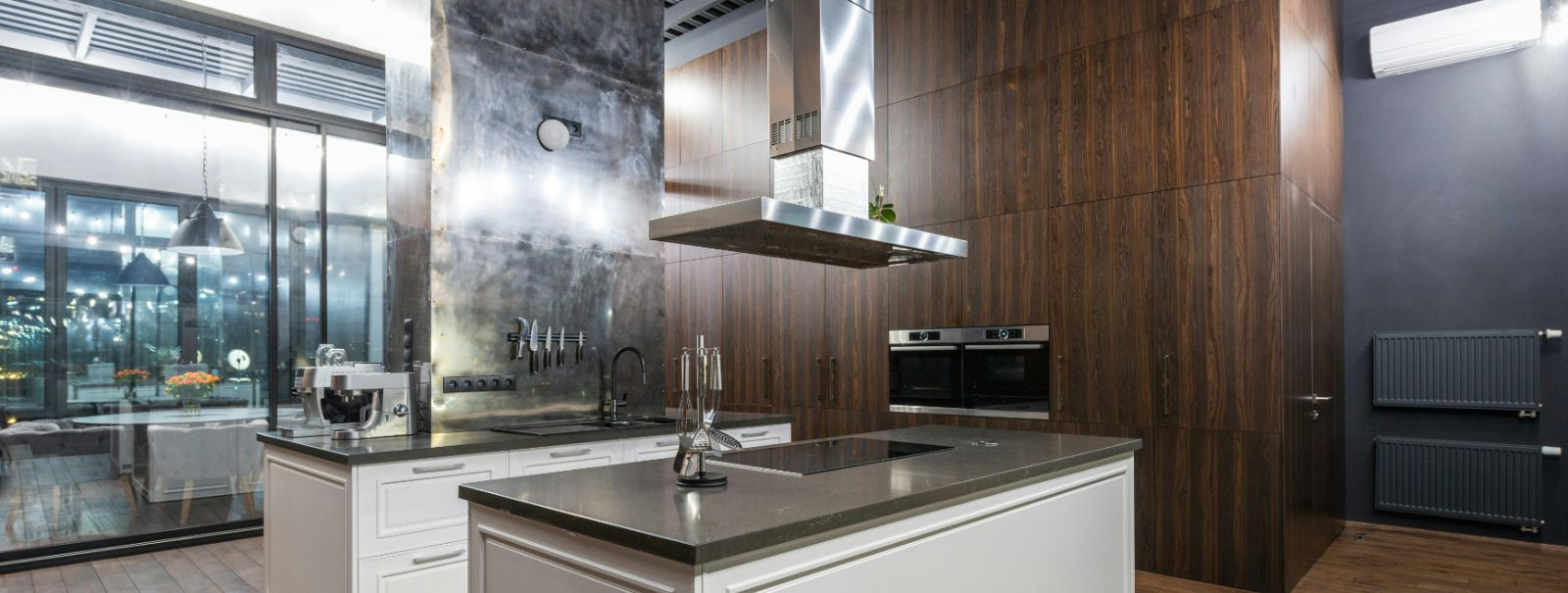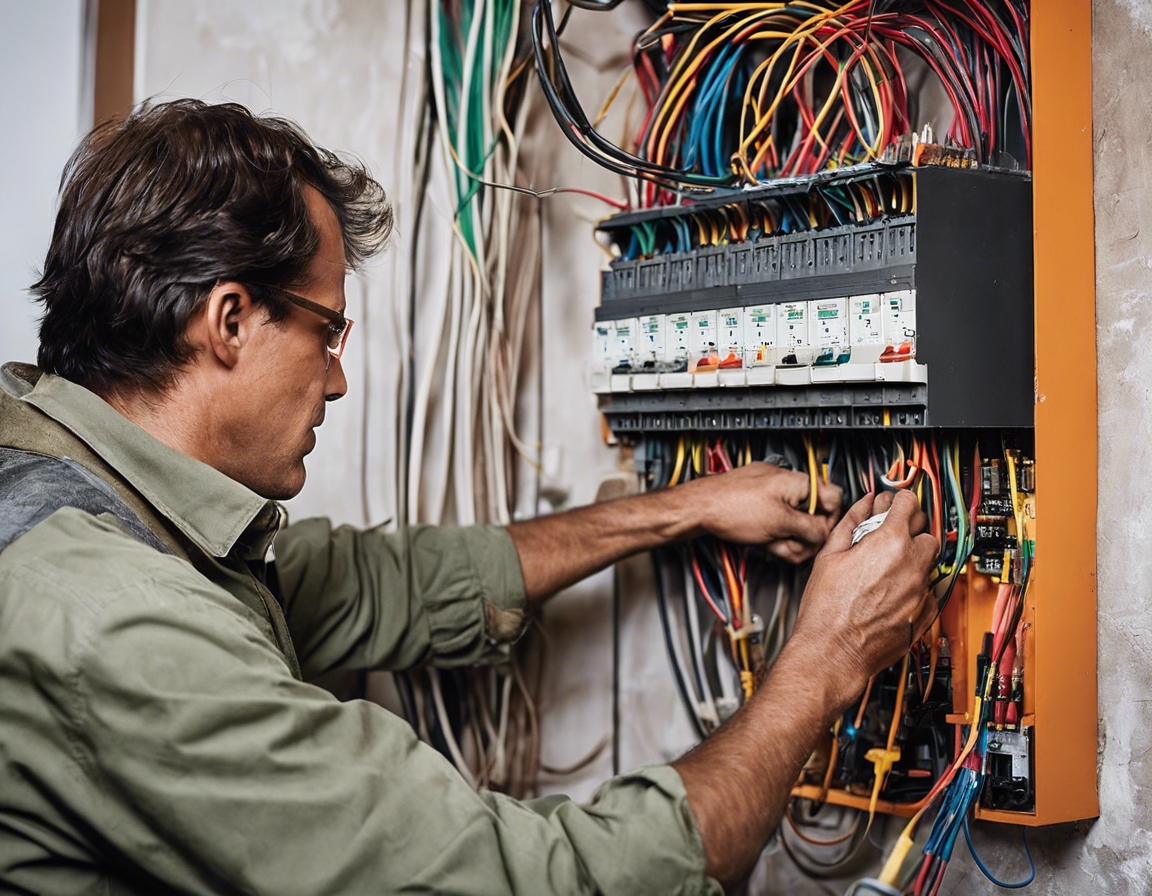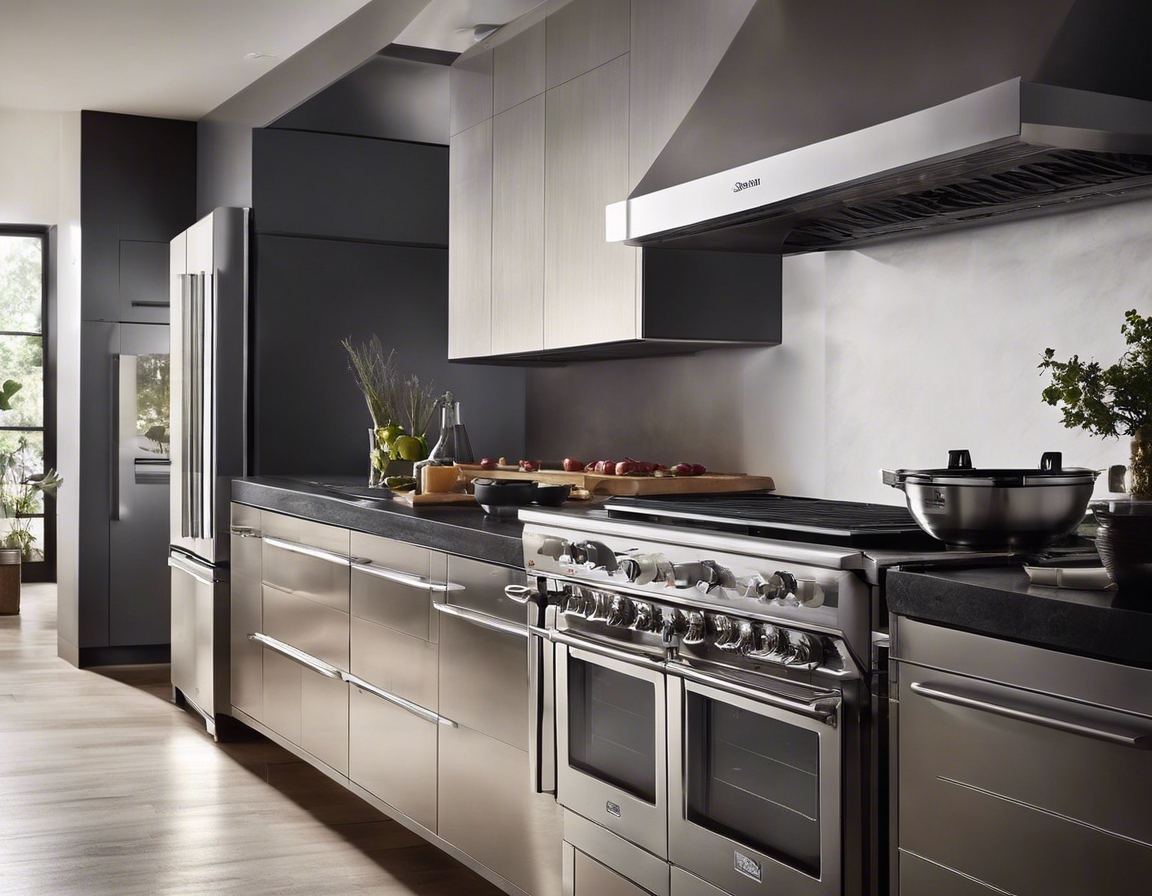Maximizing kitchen efficiency with advanced ventilation
Efficient ventilation is the cornerstone of a high-functioning commercial kitchen. It ensures the removal of heat, smoke, and airborne contaminants, providing a safe and comfortable environment for staff and patrons alike. Advanced ventilation systems are designed to meet the rigorous demands of modern kitchens, where the balance between air quality, energy efficiency, and operational costs is critical.
Commercial kitchens face unique challenges such as high temperatures, grease buildup, and complex electrical requirements. These challenges necessitate a sophisticated approach to ventilation that can handle the intense environment while adhering to stringent health and safety regulations.
Components of an Advanced Ventilation System
Exhaust hoods are the first line of defense in a kitchen's ventilation system. They capture cooking emissions at the source and are essential for maintaining air quality. The latest models come with heat sensors and variable speed controls to optimize energy use.
Make-up air units complement exhaust hoods by supplying fresh, tempered air to replace the air extracted by the hoods. This balance is crucial to prevent negative pressure, which can lead to backdrafts and inefficient operation of kitchen equipment.
Integrated fire suppression systems are vital for safety, automatically activating in the event of a fire to contain and extinguish flames within the kitchen.
ERVs recover energy from exhaust air to preheat or precool incoming fresh air, significantly reducing energy costs and improving the overall efficiency of the kitchen ventilation system.
Design Considerations for Optimal Performance
Designing an efficient ventilation system begins with a thorough assessment of the kitchen's layout and the equipment in use. This ensures that the ventilation system is tailored to the specific needs of the operation.
Proper airflow calculations are essential for determining the capacity of the ventilation system. This involves considering the volume of air that needs to be exchanged to maintain a safe and comfortable kitchen environment.
Advanced ventilation systems can be integrated with building management systems (BMS) for centralized control and monitoring, leading to streamlined operations and enhanced efficiency.
Technological Innovations in Kitchen Ventilation
Smart controls can adjust ventilation rates in real-time based on cooking activity, reducing energy consumption while ensuring optimal air quality.
Automated cleaning technologies help maintain the efficiency of the ventilation system by regularly removing grease and other residues without manual intervention.
The integration of Internet of Things (IoT) devices allows for real-time monitoring and data analysis, providing insights into system performance and enabling predictive maintenance.
Environmental and Economic Benefits
Advanced ventilation systems are designed to minimize energy consumption, which not only benefits the environment but also leads to significant cost savings for kitchen operators.
By effectively removing contaminants and regulating air exchange, advanced ventilation systems contribute to a healthier indoor environment for both staff and customers.
Investing in advanced ventilation technology can lead to substantial cost savings over time. The reduction in energy usage and the need for less frequent maintenance both contribute to a strong return on investment.
Maintenance and Upkeep of Ventilation Systems
Regular cleaning and inspections are crucial for maintaining the performance and longevity of ventilation systems. This includes checking filters, ducts, and mechanical components for signs of wear or blockage.
Proper training of kitchen staff on the operation of the ventilation system ensures that it is used efficiently and effectively, contributing to its overall performance and durability.
For kitchens with outdated ventilation systems, upgrading or retrofitting with advanced components can provide a much-needed boost in efficiency and safety.






Comments (0)